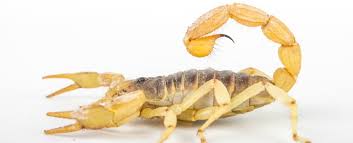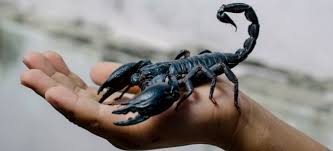Prepare for Battle: How to Get Rid of Bed Bugs
Once the suspicion of a bed bug infestation became reality, the second phase begins: fighting bed bugs. Why? So you don’t have to worry about itchy bed bug bites anymore and so you can finally sleep tight again
Important things first: If you
don’t know anything about bed bugs yet,
don’t have time for detailed research and recommended methods of bed bug control,
but you have enough savings
then you should definitely think about contacting a professional pest controller.
The reason for that is easy. Bed bug control is very labor-intensive and many components must be considered. So that all “infested” rooms or objects are taken into account and, thus, a further spread of bed bugs can be prevented.
A professional who knows about these unruly insects will be able to solve the problem more effectively and faster than a layman. However, the decision to use professional help or not is of course up to you.
How to get rid of bed bugs: an overview of methods & products
In order to effectively fight bed bugs, you can use different methods and products. There is no “miracle cure” for a bed bug infestation. That’s why – above all – the application of a combination of different methods and products against bed bugs can lead to long-term success.
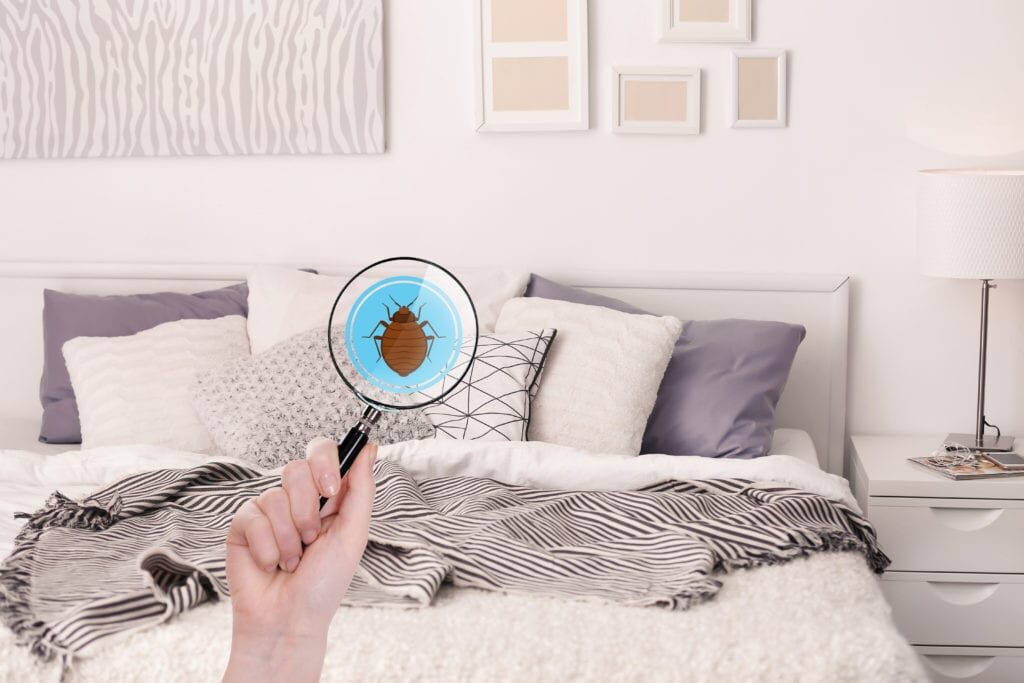
How to Deal with Bed Bugs in Computers and Other Electronic Devices
Bed bugs are highly adaptable and resilient creatures, making them difficult to eradicate once they gain a foothold in your home. If you’ve ever experienced a bed bug infestation, then you’ll know the pesky critters love to hide in bed frames, mattresses, baseboards, furniture and clothing.
Given enough time, most of these hiding spots are reasonably easy to treat using sprays, powders, vacuum cleaners and hot steam (or a heated clothes dryer for clothing). But did you know that bed bugs can also crawl into your computer, television, hi-fi equipment, and other electronic devices? These appliances all offer bed bugs a cosy, warm, dark environment with minimal disturbance.
If bed bugs begin to reproduce inside your electrical device, then this can lead to increased population of the insect inside the appliance. Eventually the impact of dead insects, bed bug feces and molting skin will prevent the equipment from functioning correctly, so it’s important to eradicate them as quickly as possible.
While it’s rare for electrical devices to harbor bed bugs, and it usually only occurs in the most severe infestations, bed bugs are certainly flat and small enough to fit through the tiniest of cracks or openings in electrical equipment. The electronic items most likely to conceal the parasites are bedside radio alarm clocks, due to their close proximity to the bed. However, anything with nooks and crannies can harbor bed bugs, including iPhones, mice, keyboards, remote controls and cameras.
If the insects do enter into your electrical equipment, then the task of eradicating them becomes much more challenging. Electricity and water don’t mix, so you certainly can’t launder or steam these devices. Chemical sprays and powders could corrode the circuitry, and heat could cause plastic components to melt.
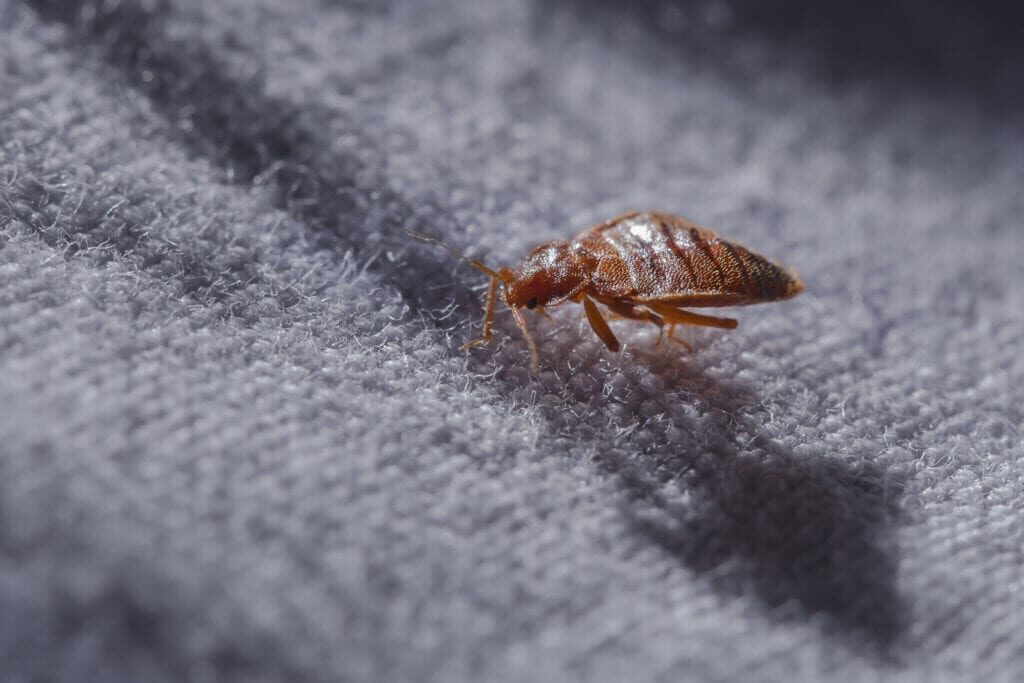
How to Get Rid of Bed Bugs
When I was little, my parents used to tell me to not let the bed bugs bite when they would tuck me in at night. Back then, the phrase was almost comforting, and I didn’t think much of it. After all, I didn’t know exactly what they were.
Now that I’m older and know that bed bugs are very real, that statement suddenly comes with a much scarier connotation. The last thing I want to think about before I shut my eyes is sleeping with bed bugs.
If you don’t already know what a bed bug is, they’re small, brown insects that resemble an apple seed. They feed off of the blood of other animals and humans, so they definitely don’t make for good bunkmates.
Buy Encasements for Your Bed
Purchasing an encasement for your bed and box spring won’t necessarily prevent bed bugs from getting to your mattress, but it does make them easier to get rid of. The encasement stops the bugs from being able to get inside the mattress, forcing them to crawl on the exterior.
Be Careful About Returning from Vacation
It can be easy to pick up bed bugs when you travel, as they tend to hide in hotel mattresses and box springs. Therefore, it’s best to unpack your suitcase somewhere other than your bedroom.
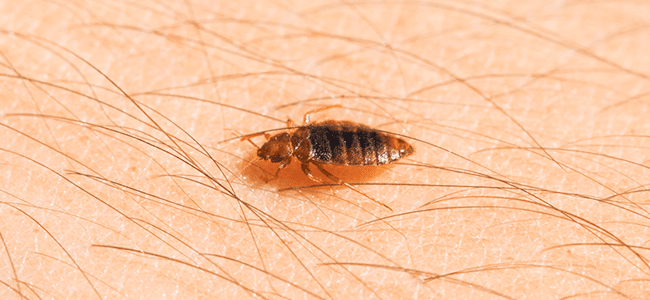
How to Get Rid of Bed Bugs
Bed bugs may be tiny, but finding them in your house or apartment is a big nightmare. These small bugs — formally known as cimex lectularius — love to suck your blood. Worse yet, they’re expert hiders and can live as long as a year without a meal, so they’re not very easy to kill off.
If you find yourself in the middle of a bed bug infestation, your stress is understandable. But take heart, you can get rid of bed bugs — and we’re here to help. With this guide, you’ll learn everything you need to know (probably more than you want to, really) about these nasty little bugs and how you can banish them from your space — for good.
Bed bugs are small, flat, brownish bugs. So small that they’re easy to overlook, especially when they’re hiding under your pillow (yuck). There’s a myth that bed bugs are so tiny you can’t pick them out with the naked eye, but that’s not true. A full-grown bed bug is usually a little bit bigger than a flea and a little smaller than an ant. You can definitely spot it yourself — if you know where to look.
How do you get bed bugs?
If you mentally link bed bugs with dirtiness, consider this: Bed bugs feed on blood alone. They’re just as likely to lead a healthy, hearty life in an immaculate home as they are in a pigpen as long as they can find a human to bite.
How to check for bed bugs:
If you notice unexplained red, itchy bites on your body when you wake up in the morning, it could be bed bugs. Start by checking your mattress, especially the protected underside and the sheltered folds, to see if you can spot any bed bugs. These little pests are excellent hiders, though, so you may not have much luck seeing one in person.
Guide To Getting Rid Of Bed Bugs
For those of us that live here in the U.S., it is hard to believe that bed bugs are anything more than the topic of a bedtime nursery rhyme, but they certainly are. While at one time they were nearly eradicated from our country, these tiny invasive pests have found a way to make the world’s greatest comeback. Many believe that the success of their comeback stems from the banning of a product once used successfully to control these pests, and others say that the resurgence of bed bugs stems from increased world travel. Whatever the cause may be, the fact remains that we are faced with an ever-growing population of bed bugs here and unfortunately, it is a problem that many of us will have to deal with.
What Homes Do Bed Bugs Infest?
Bed bug infestations bring with them unprecedented stress and embarrassment because people tend to connect them with the stigma that the homes or businesses they invade are somehow dirty and unkempt, but this is simply not true. Bed bugs are not attracted to dirt or filth; they are attracted to places that offer them their favorite meal: human blood. There really is no foundation for the emotional reaction to a bed bug infestation, but it is hard to shake that centuries-old shame.
How To Get Rid Of Bed Bugs
It is sometimes hard to know where to turn when bed bugs invade. Many believe that a spray can or a powder from a box store will help solve their problems, but these typically are not able to completely eliminate your bed bug infestation. Sure, the few bed bugs that stumble into the area that you have treated may die, but these products cannot reach deep into wall voids and other hidden areas where the majority of the colony resides. The complete eradication of bed bugs requires the intervention of a trained pest control professional. These professionals know their favorite hiding spots, have the best tools to treat and remove bed bugs.
environmentally responsible solutions to bed bug infestation for homes and businesses. Our bed bug experts can utilize bed bug heat treatments, K-9 bed bug detection services, mattress and box spring encasements, as well as conventional treatments.

